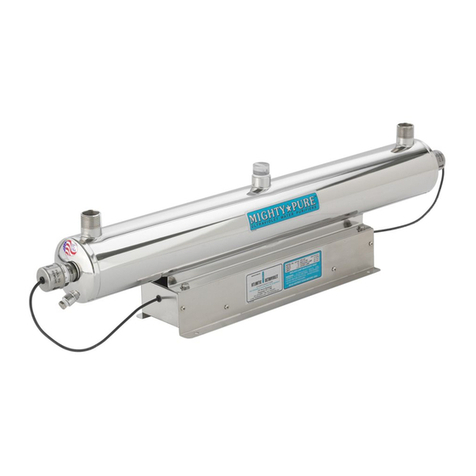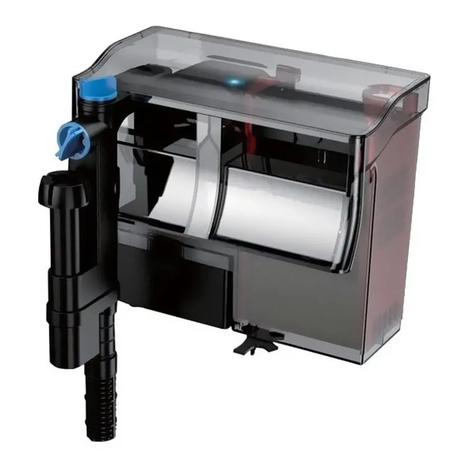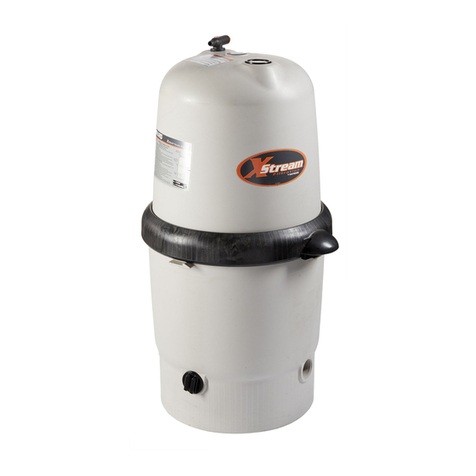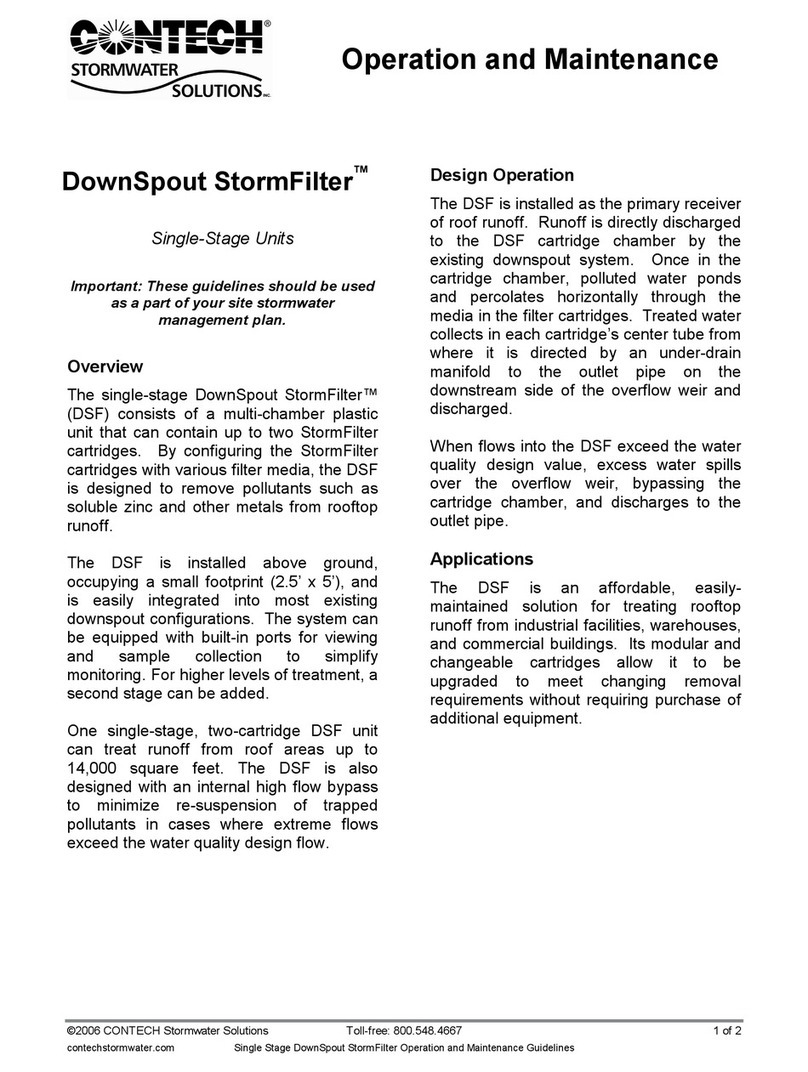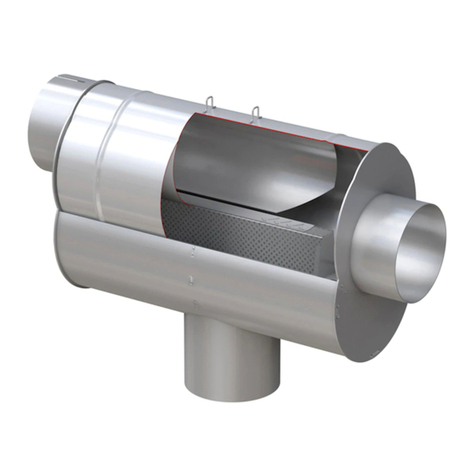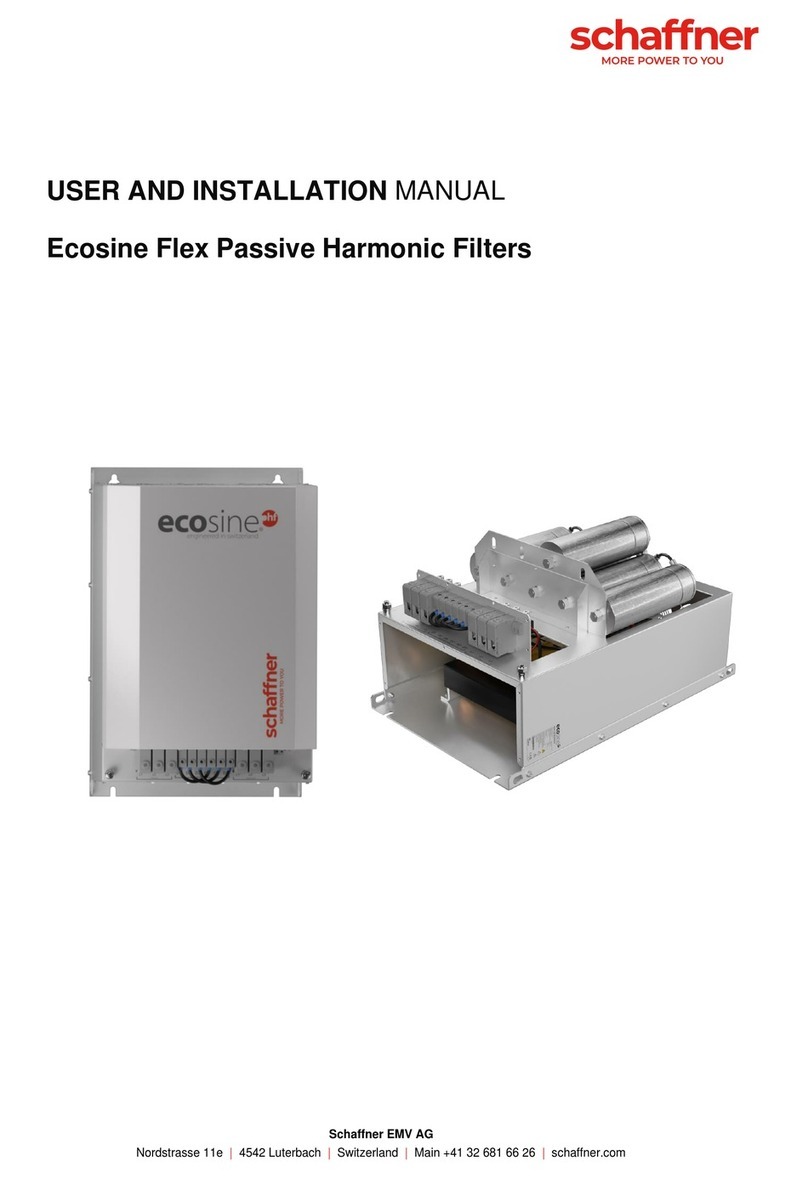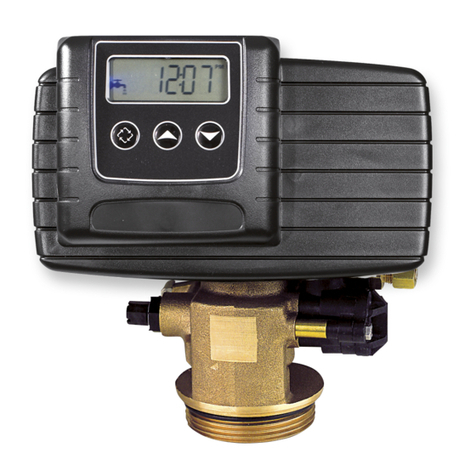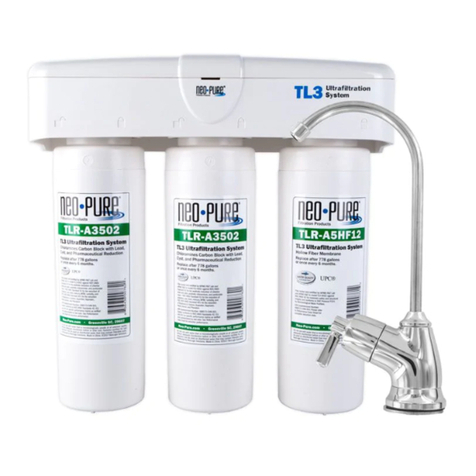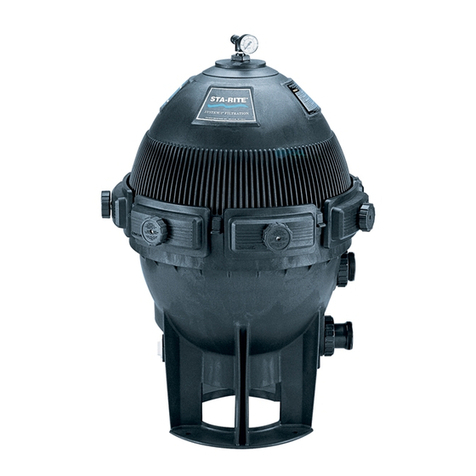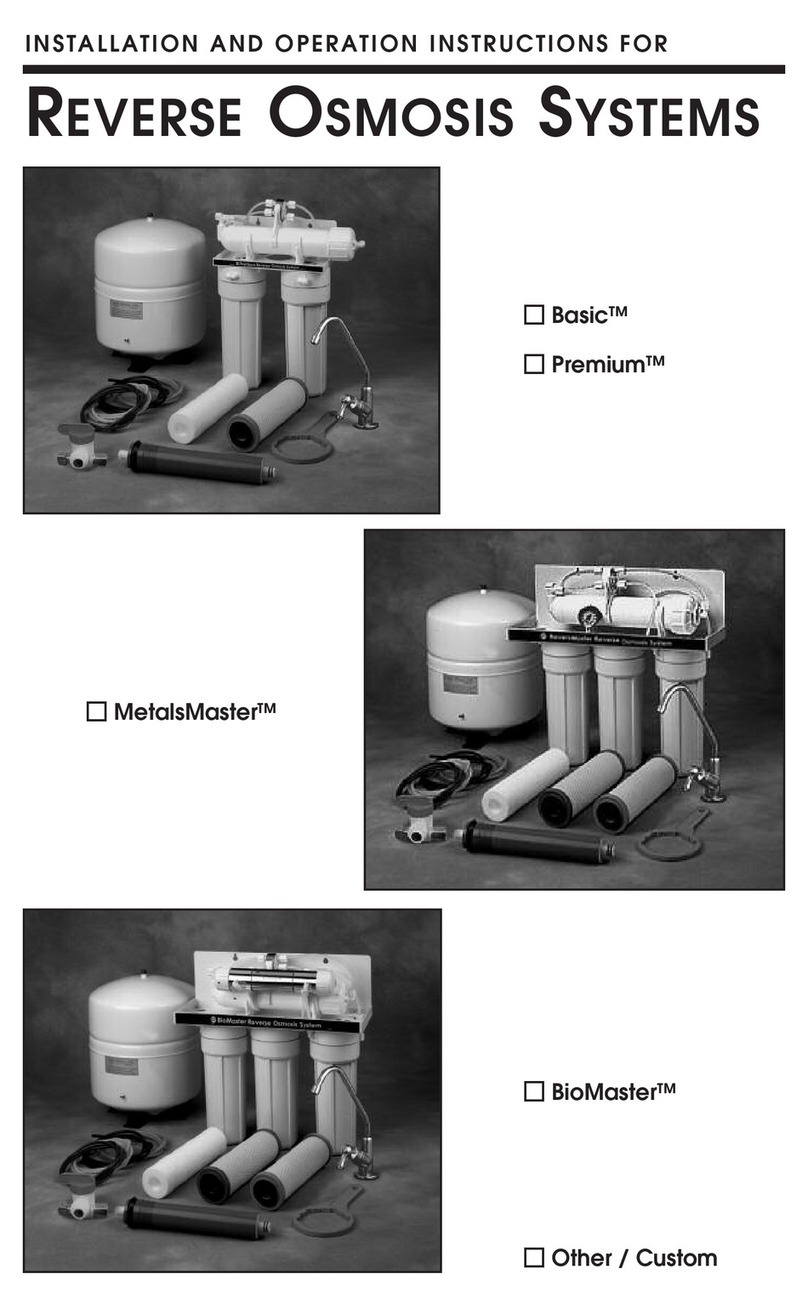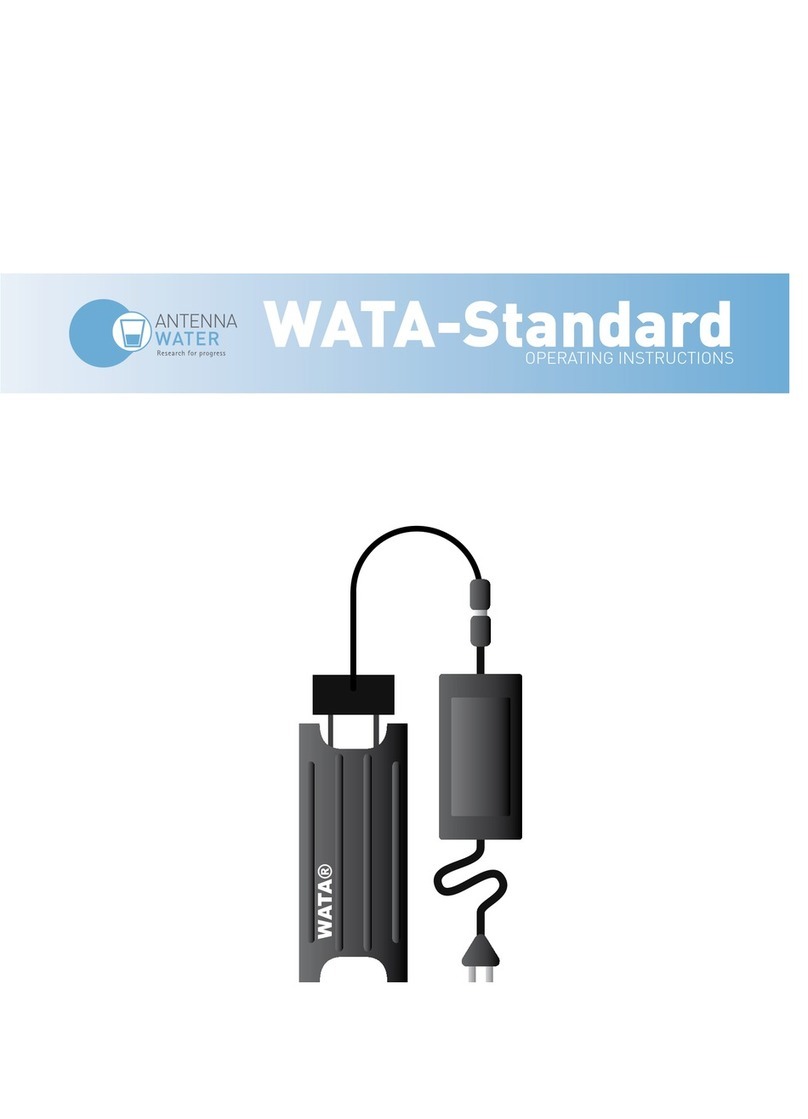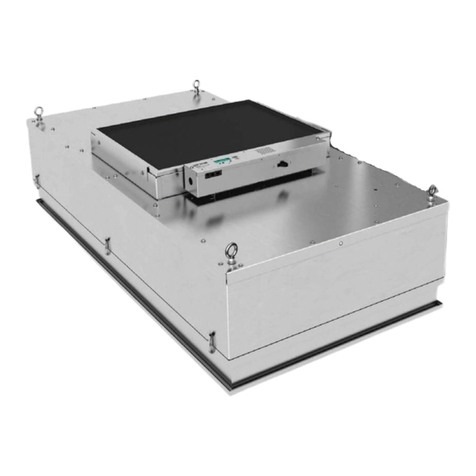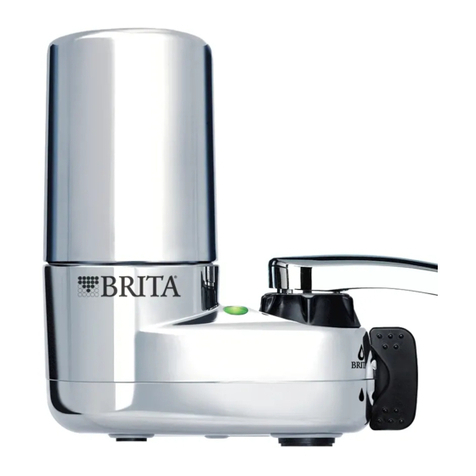
BLS 400 Standard User Manual | Page 5 of 30
Section 3: Background Information
How Reverse Osmosis Works
In the reverse osmosis process, water is forced under pressure through a semi-
permeable membrane to reduce the dissolved mineral content of the water. The
membrane allows water molecules to pass through, but blocks/hinders the
passage of dissolved substances and suspended particles. This process reduces
the levels of dissolved salts, minerals, and suspended particles, while improving
the taste, odor, and clarity of the water.
Certain contaminants found in water are measured as Total Dissolved Solids
(TDS). Unlike the more common standard filtration systems, reverse osmosis
systems divide the feed water into two streams: product water (“permeate”) and
drain/reject water (“concentrate”). The product water is the desired outcome of
the RO System –much cleaner and fresher tasting water! The drain/reject water
is vital for carrying away the dissolved salts, minerals, and suspended particles.
Unlike conventional filtration systems, most contaminants removed from your
water are not held onto within the system, but instead flushed away.
Factors Affecting System Performance
Feed Water:The incoming water to be processed by the BLS System.
Product Water
(Permeate):
Concentrate Water
(Reject or drain water,
plus recirculation):
The portion of the feed water that has passed through the membrane element. It is the desired result
of a BLS System.
Used to describe the portion of feed water that has flowed across the membrane (not through), and
has not been converted to product water. This water now contains a higher concentrate of dissolved
solids and may also contain organic matter and suspended particles rejected by the membrane. The
concentrate is then split into two streams, reject and recirculation. The recirculated water is mixed
with the feed water on the inlet side of the pump. The reject water is sent down the drain. This design
is used to minimize the amount of water sent to drain.
Recovery:The percentage of feed water that becomes product water. The recovery rate is determined by the
number of gallons (or liters) of product water divided by the total gallons (or liters) of feed water, and
multiplied by 100.
Percent Rejection: The percentage of dissolved solids in the feed water that does not pass through the membrane. The
membrane prevents passage of dissolved solids and other contaminants into the product water.
Conductivity:The property of a substance to conduct or transmit electricity. The unit of measure is in mhos and is
commonly used to determine the purity or quality of water. In the water treatment industry, it is often
converted to PPM TDS (Parts Per Million Total Dissolved Solids).
Feed Water
Temperature:
The volume of product water increases with higher feed water temperatures, and decreases with lower
feed water temperatures. Temperatures below 35°F could crack the membrane element, and
temperatures exceeding 90°F may cause rapid deterioration. The recommended range is between 45°F
and 90°F.
Feed Water Pressure:The recommended range is between 40 PSI and 85 PSI. This is the most common range of municipal
water supplies.
Hydrolysis:The natural chemical breakdown of membrane elements when in contact with water. This breakdown
is accelerated when the water temperature is above 90°F, when the pH is not within the tolerable
range, or when hydrogen sulfide is present. Refer to the System Operating Specifications section of this
manual. Additional pre-treatment may be required in these cases.
Bacteria:RO Systems may be exposed to bacteria if operated intermittently. Following a prolonged shutdown or
storage period, the system should be sanitized. Refer to the section in this manual regarding sanitization.
Fouling or Surface
Coating of the
Membrane Element:
Fouling is a common problem with membrane elements because of salts, hardness, iron, etc. collecting
on the membrane surface. The pores and channels of the membrane element become plugged
reducing the water production rate. Pre-treatment equipment, such as a water softener, iron filter, or
activated carbon filter will reduce membrane element fouling and extend its life.
